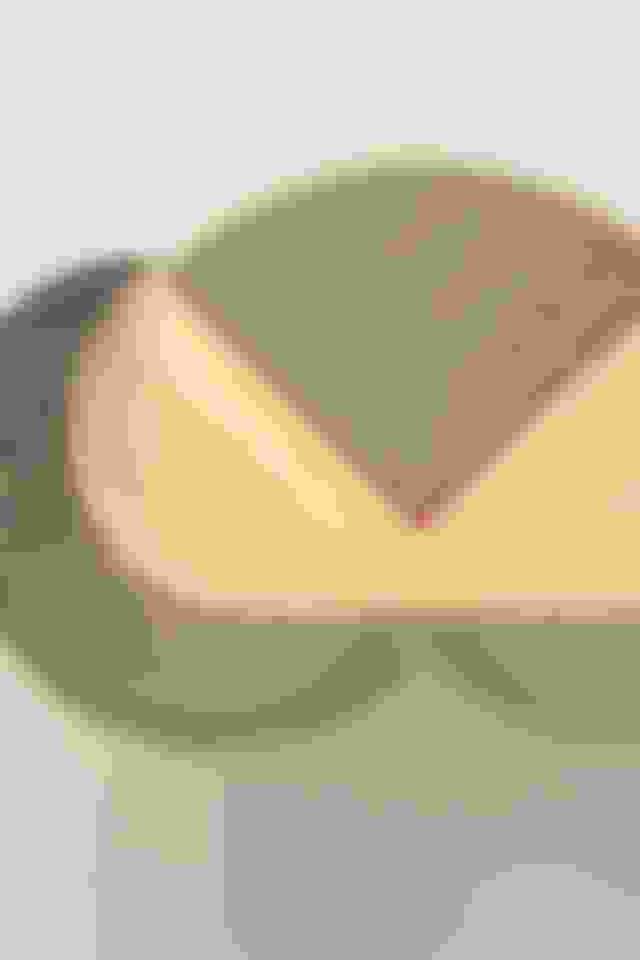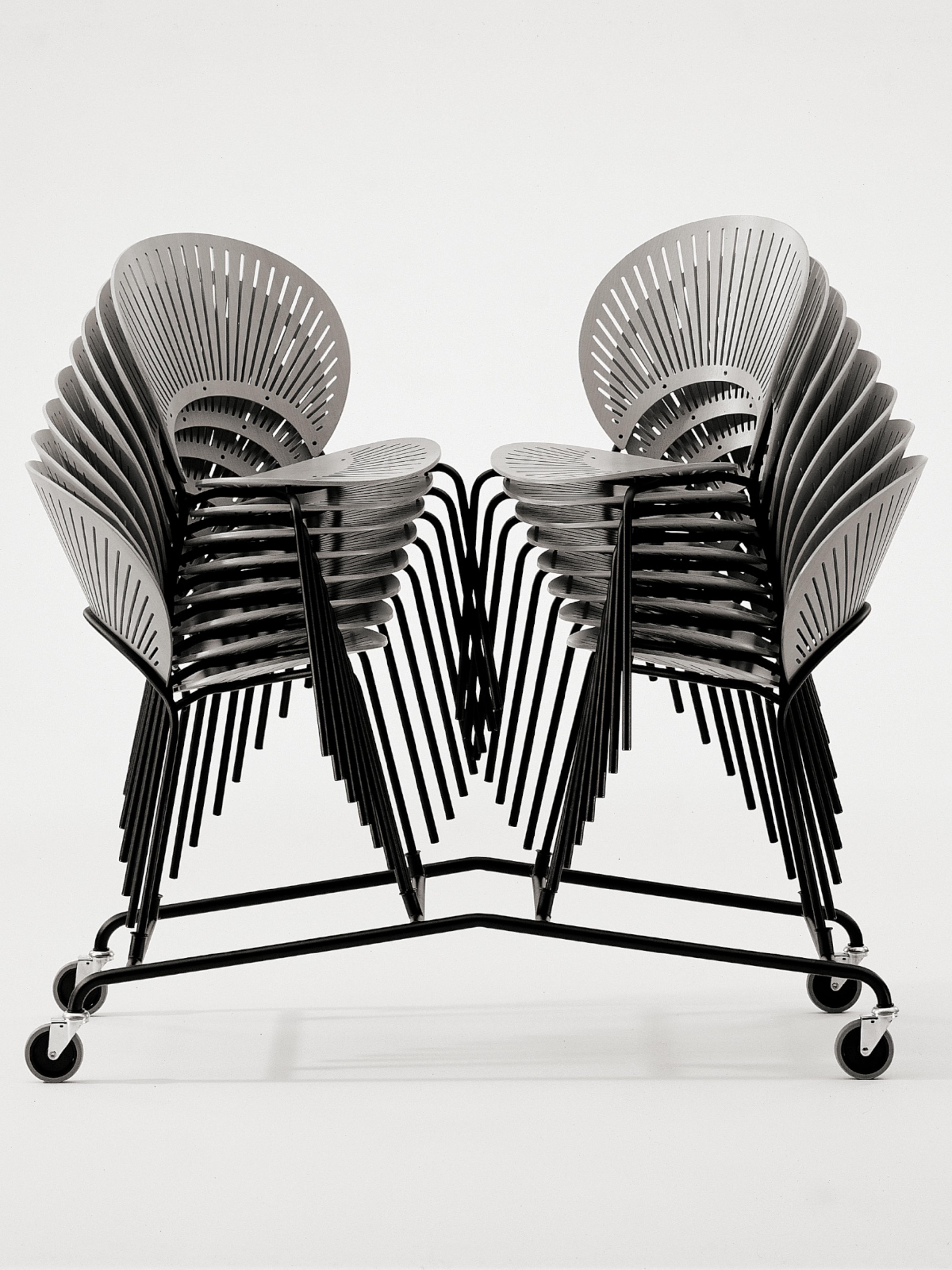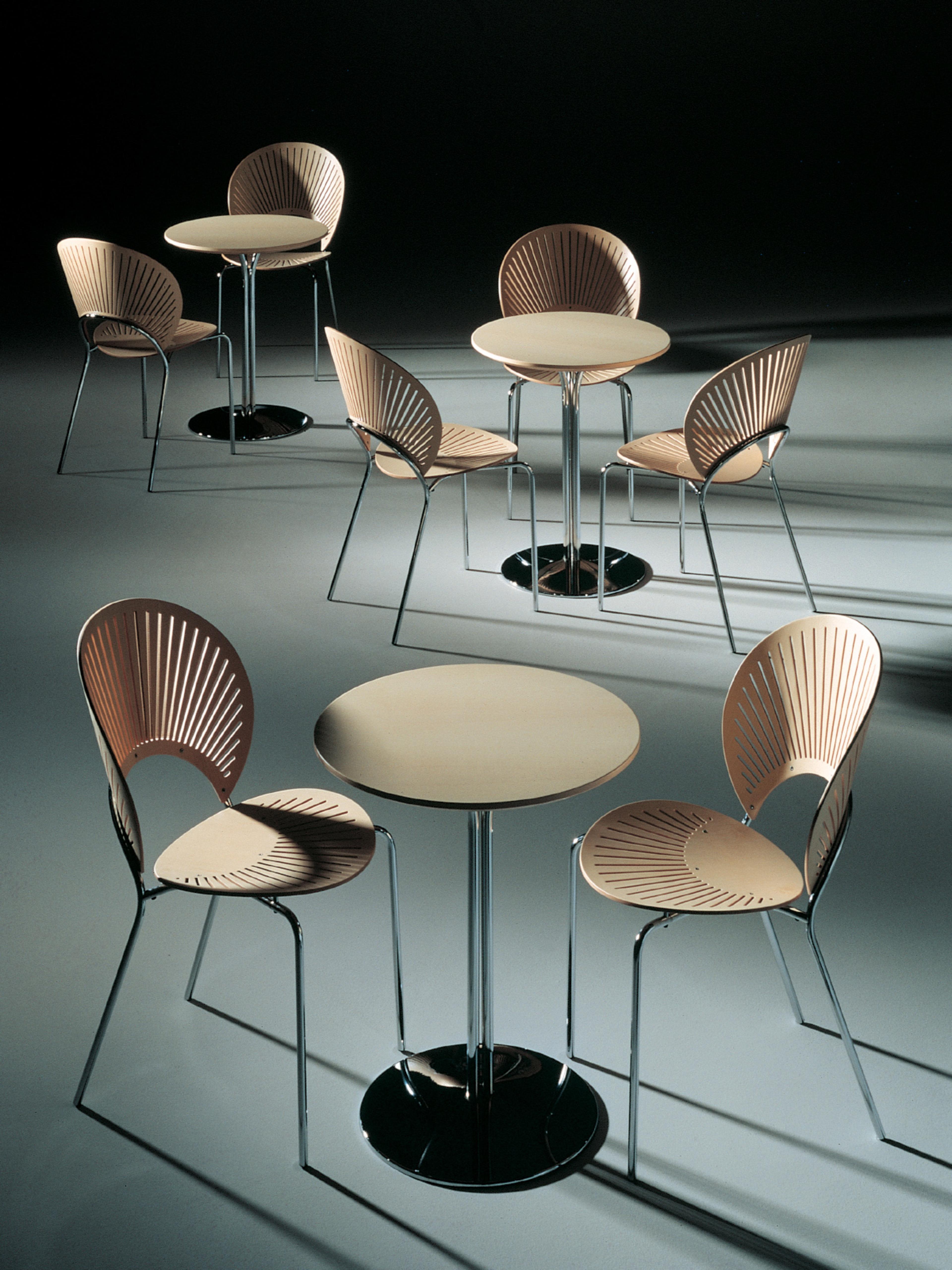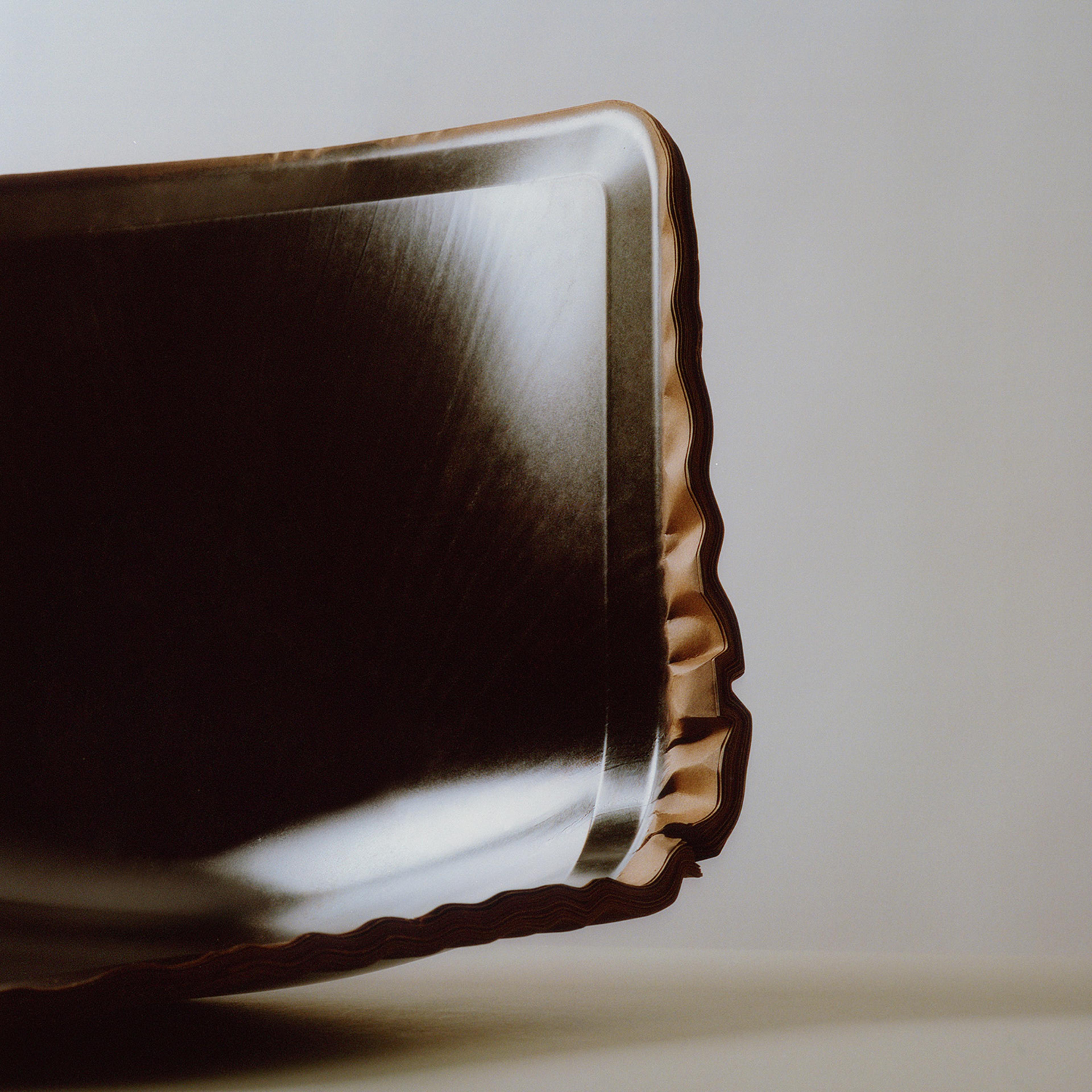Ditzel was the queen of design in her time
A conversation with Thomas Graversen, owner of Fredericia.
In 1955, Andreas Graversen merged Børge Mogensen’s modern ideals with his own solid experience to create a close and absolutely essential collaboration for Fredericia. The next generation of the family business reflects this fruitful partnership, as son Thomas Graversen and Nanna Ditzel’s pioneering furniture designs bridge the gap between the historical design heritage and the new contemporary culture.


“ She took all the different design competencies and drew on them constantly. Art, nature, colours, textiles and textures. I don’t think a traditional furniture designer would have thought like that, and I don’t think a traditional furniture designer would have dared to make as ornamented a chair as Trinidad at that time. ”
Thomas Graversen, Owner of Fredericia
FREDERICIA In 1989, Nanna Ditzel became Fredericia’s main designer after Børge Mogensen. How did this take place?
THOMAS My father, Andreas Graversen, had been searching for a new associate designer for several years. He knew that Nanna had returned to Denmark after almost 20 years in London and they met to discuss the possibility of putting Nanna’s designs into production. We began by launching the Ring Chair at the imm Cologne furniture trade show in 1989.
At that time, I was sales manager for Fredericia and therefore naturally involved in the dialogue with Nanna, and when I became chairman of The Cabinetmakers’ Autumn Exhibition in 1990, where Nanna was also on the board, we really became good friends. The year before, at the same exhibition, she had shown ‘Bench for Two’ and we talked about why it had not been put into production, because she was absolutely delighted with it. So we decided to introduce it the following year at the 1990 Cologne trade show and people flocked to our stand to see this striking and sculptural piece of furniture. And so Nanna and I decided to form a partnership.
The following year we launched the Butterfly Chair, which completely stood out from the rest, and once again Nanna attracted all the acclaim, and so it continued. Having Nanna as our main designer was a paradigm shift for Fredericia, where, in addition to producing furniture classics, we had also begun daring to take wild chances on unprecedented furniture designs.


F What made Ditzel a good designer?
T It was the multidisciplinary approach she had to design. She took all the different design competences and drew on them constantly. Art, nature, colours, textiles and textures. I don’t think a traditional furniture designer would have thought like that, and I don’t think a traditional furniture designer would have dared to make as ornamented a chair as Trinidad at that time.
In addition, Nanna was skilled at challenging the design process. She questioned everything and didn’t take no for an answer. She argued her case and I had full confidence in her eye and sense of form. Her saying “three steps forward and two steps back still means I have taken a step forward in the right direction” was very much a reflection of her practice. Nanna was the queen of design in her time, which is highly unusual.
F What made Ditzel and Fredericia a good match?
T We were fond of each other, Nanna and I. Coming under her wing and learning from her outlook on life was life-changing for me. She had tried so many things and had an amazing enthusiasm for life. She was a true citizen of the world. We had a deep respect for each other and our professions despite the big age difference; I was in my 30s and she was in her 70s but she was a really good friend and there was so much we wanted to create together. She taught me to dare to trust the process, even if it might look impossible. This has also had an impact on the design collaborations I’ve had since then, whether it was Vico Magistretti or Jasper Morrison, there was a confidence and courage in the process.












F The Trinidad Chair became Ditzel’s biggest commercial success. What’s the story behind it?
T Throughout Nanna’s process of experimenting with lines in the late 1980s and early 1990s, she recalled her travels to Trinidad and the local Gingerbread architecture, whose carved woodwork played with light and shadow. A shadow play that she wanted to transfer to furniture in a Nordic context. Nanna translated all these impressions into the Trinidad Chair. Nanna had read that Denmark’s first 4-axis CNC milling machine had been installed at a company in West Jutland and, with the new robotic technology, she could achieve the complicated milling work with the many slots in the seat and back in an efficient and commercially viable way. She was insanely geeky and interested in technology and had the courage to use technology positively in her designs.
That’s why the Trinidad Chair was already a modern industrially produced commercial chair at the time of its launch, and just two years later it received Denmark’s most prestigious design award, the ID Prize, as the first chair ever to do so. The reasoning was that the chair was an unprecedentedly elegant combination of fine organic shapes, amazing seating comfort and a thoroughly functional chair that was at the same time purely industrial. The chair was an immediate commercial success with both private consumers worldwide, but also in the professional contract market.
Even in 2023, the chair is still very much in a class by itself and is recognisable to generations of users.
F What is your own favourite object created by Nanna Ditzel?
T That would be the Trinidad chair, which is a hugely successful chair. It is technical and industrial but comfortable, poetic and well thought out. In my collaboration with Nanna and in my furniture career in general, Trinidad was clearly her and my favourite piece. It was fairly quickly deemed a classic, not in an elitist way, and it was embraced by the Danes in particular, which I am still delighted about. I also love Nanna’s many jewellery designs, which are unique in their organic design aesthetic.
Keep exploring
Dive into our universe of stories about Nanna Ditzel's life, her designs and the people who knew her.
1 of 4















